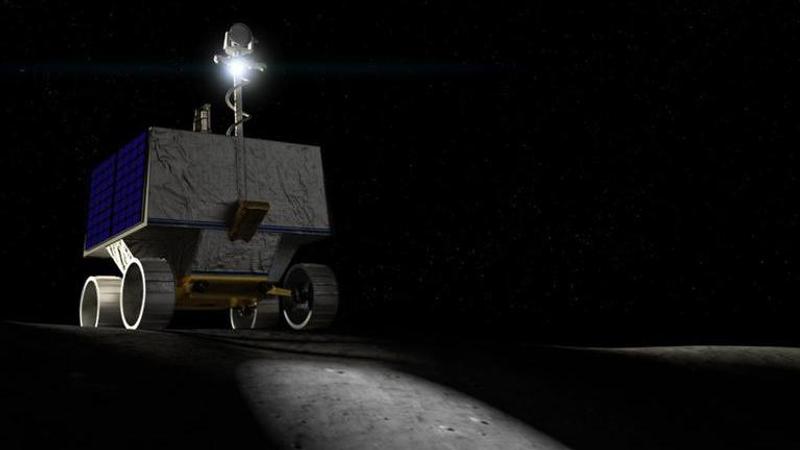Published 18:19 IST, June 12th 2020
NASA awards Astrobotic with $200 million to launch water-hunting rover to moon
NASA’s water-seeking mobile VIPER robot will help pave way for astronaut missions to lunar surface beginning in 2024 that will bring scientists closer to moon.

On June 12, NASA awarded Pittsburgh-based space company Astrobotic with $200 million to launch a rover called VIPER to the moon for a key lunar mission which will hunt for deposits of frozen water. NASA wrote in a press release on its official site that the Volatiles Investigating Polar Exploration Rover, or VIPER would land near the moon’s south pole in late December 2023.
NASA’s water-seeking mobile VIPER robot will help pave the way for astronaut missions to the lunar surface beginning in 2024 and will bring NASA a step closer to developing a sustainable, long-term presence on the Moon as part of the agency’s Artemis program, the organization revealed in the official press release. Further, it said, VIPER’s flight to the Moon would be a part of NASA’s Commercial Lunar Payload Services (CLPS) initiative, which enables the industry partners to deliver scientific instruments and technology demonstrations to the Moon.
“The VIPER rover and the commercial partnership that will deliver it to the Moon are a prime example of how the scientific community and U.S. industry are making NASA’s lunar exploration vision a reality,” said NASA Administrator Jim Bridenstine. “Commercial partners are changing the landscape of space exploration, and VIPER is going to be a big boost to our efforts to send the first woman and next man to the lunar surface in 2024 through the Artemis program,” he added.
During its 100-Earth-day mission, the approximately 1,000-pound VIPER rover will roam several miles and use its four science instruments to sample various soil environments, NASA wrote in the official press release.
Astrobotic, in collaboration with NASA’s initiative, would be responsible to carry out the end-to-end services for delivery of VIPER, including integration with its Griffin lander, launched from Earth, and landing on the Moon. NASA informed that earlier, in 2021 and 2022, three versions of the water-hunting instruments were flown earlier on CLPS lander deliveries to find frozen water under the lunar surfaces. Further NASA said, “rover also will have a drill to bore approximately 3 feet into the lunar surface.”
Moon’s vast scientific potential
NASA’s Associate Administrator for Science Thomas Zurbuchen said, “CLPS is a totally creative way to advance lunar exploration.” He stresses that NASA doing something that has never been done before – testing the instruments on the Moon, as the rover is developed. “VIPER and the many payloads we will send to the lunar surface in the next few years are going to help us realize the Moon’s vast scientific potential,” he said.
(Images : NASA)
Updated 18:19 IST, June 12th 2020






